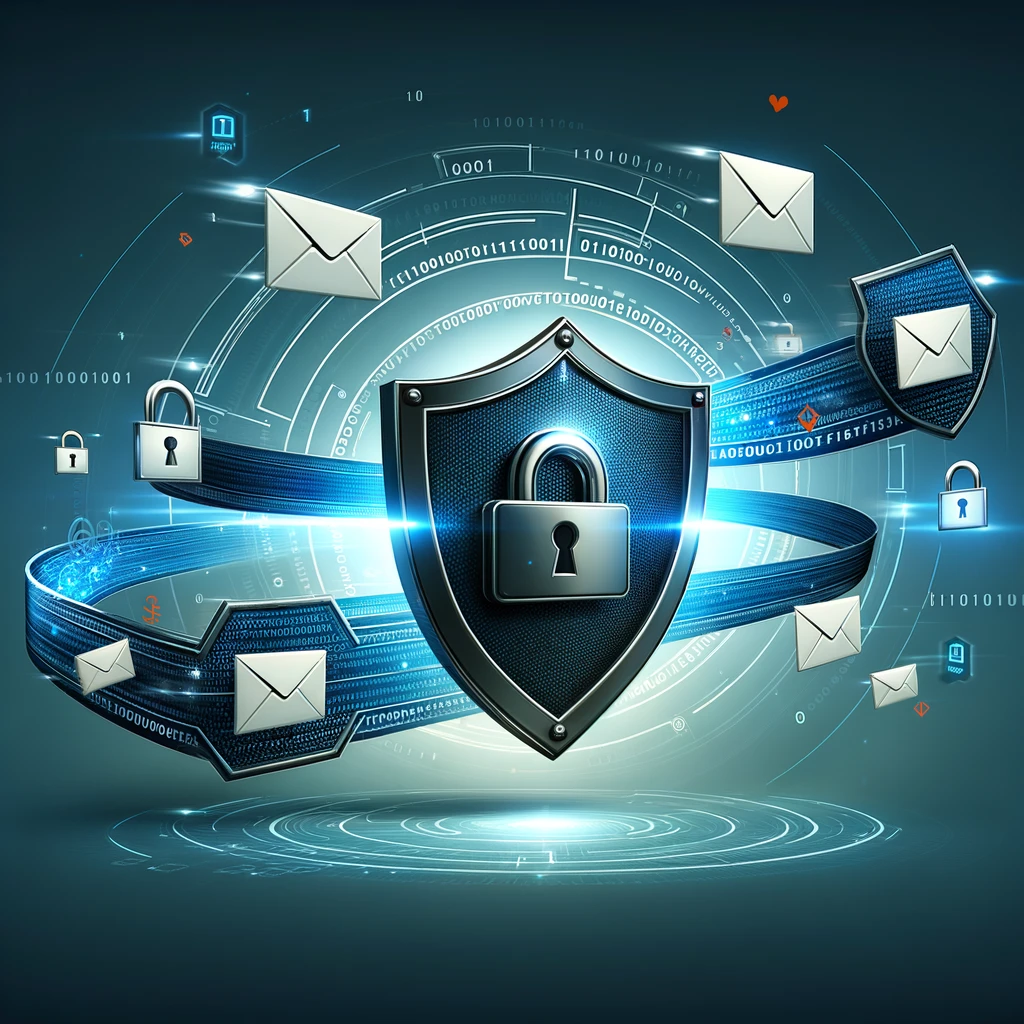In the realm of digital communication, email stands as a pivotal channel for businesses, marketers, and individuals alike. With the surge in concerns over spam and phishing, the mechanisms of email deliverability have become more sophisticated. An element that often flies under the radar in discussions about email deliverability is the role of WHOIS privacy. This post sheds light on how WHOIS privacy settings can influence the path your emails take to reach their destination.

Understanding WHOIS Privacy
WHOIS is a publicly accessible database that displays the contact information associated with domain registrants. To combat privacy concerns, many opt for WHOIS privacy protection, which shields personal information from public view by substituting it with the details of a proxy service. While this measure enhances privacy, it can indirectly influence how your emails are perceived and handled by email service providers (ESPs).
The Connection Between WHOIS Privacy and Email Perception
The core of the relationship between WHOIS privacy and email deliverability lies in perception and trust. ESPs employ a variety of signals to gauge the legitimacy of an email. A domain’s transparency, or lack thereof, as presented through WHOIS can contribute to this evaluation. When WHOIS privacy obscures the details of a domain’s registrant, it doesn’t directly impact the technical verification of email authenticity through SPF, DKIM, and DMARC records but may factor into broader assessments of trust and legitimacy.
Navigating the Impact on Email Deliverability
The main considerations for email deliverability in the context of WHOIS privacy revolve around trust and authentication:
- Domain Reputation: ESPs evaluate the reputation of a domain as part of their filtering process. While WHOIS privacy itself does not negatively affect domain reputation through SPF, DKIM, or DMARC, it’s essential to ensure these email authentication protocols are in place and correctly configured to affirm your domain’s credibility.
- Transparency and Trust: In certain contexts, the visibility of domain ownership information can foster trust with recipients and ESPs. While WHOIS privacy shields this information, maintaining a strong domain reputation and ensuring clear communication pathways can help mitigate any potential concerns.
- Balancing Privacy with Deliverability: Opting for WHOIS privacy is a valid and often advisable choice for protecting personal information. The key is to balance this choice with strategies that ensure your emails remain welcome in recipients’ inboxes.
Strategies for Optimizing Email Deliverability
Despite the indirect relationship between WHOIS privacy and email deliverability, several strategies can help optimize your email’s journey:
- Ensure Email Authentication: By correctly setting up SPF, DKIM, and DMARC records, you provide a verifiable way to prove your emails are legitimate, which is crucial for bypassing ESP filters.
- Monitor Email Performance: Utilize tools to track the deliverability and reputation of your emails. This data can guide adjustments to your email strategy and preempt potential deliverability issues.
- Choose the Right Privacy Level: Some domain registrars offer varying levels of WHOIS privacy that can help you find a balance between protecting your information and maintaining transparency. Consider these options carefully.
- Engage with Your ESP: If deliverability issues arise, communicating with your ESP can help clarify any misinterpretations related to your WHOIS privacy settings and domain ownership.
Conclusion
WHOIS privacy plays a nuanced role in the realm of email deliverability. While it does not directly affect the technical aspects of email authentication, it influences the broader context of how your emails are perceived by ESPs and recipients. By understanding this dynamic and implementing best practices for email security and privacy, you can navigate the challenges of email deliverability effectively, ensuring your messages reach their intended targets while safeguarding your personal information.
Maintaining an informed perspective on these topics is vital for anyone involved in digital communications, as the landscape continues to evolve with new challenges and solutions.